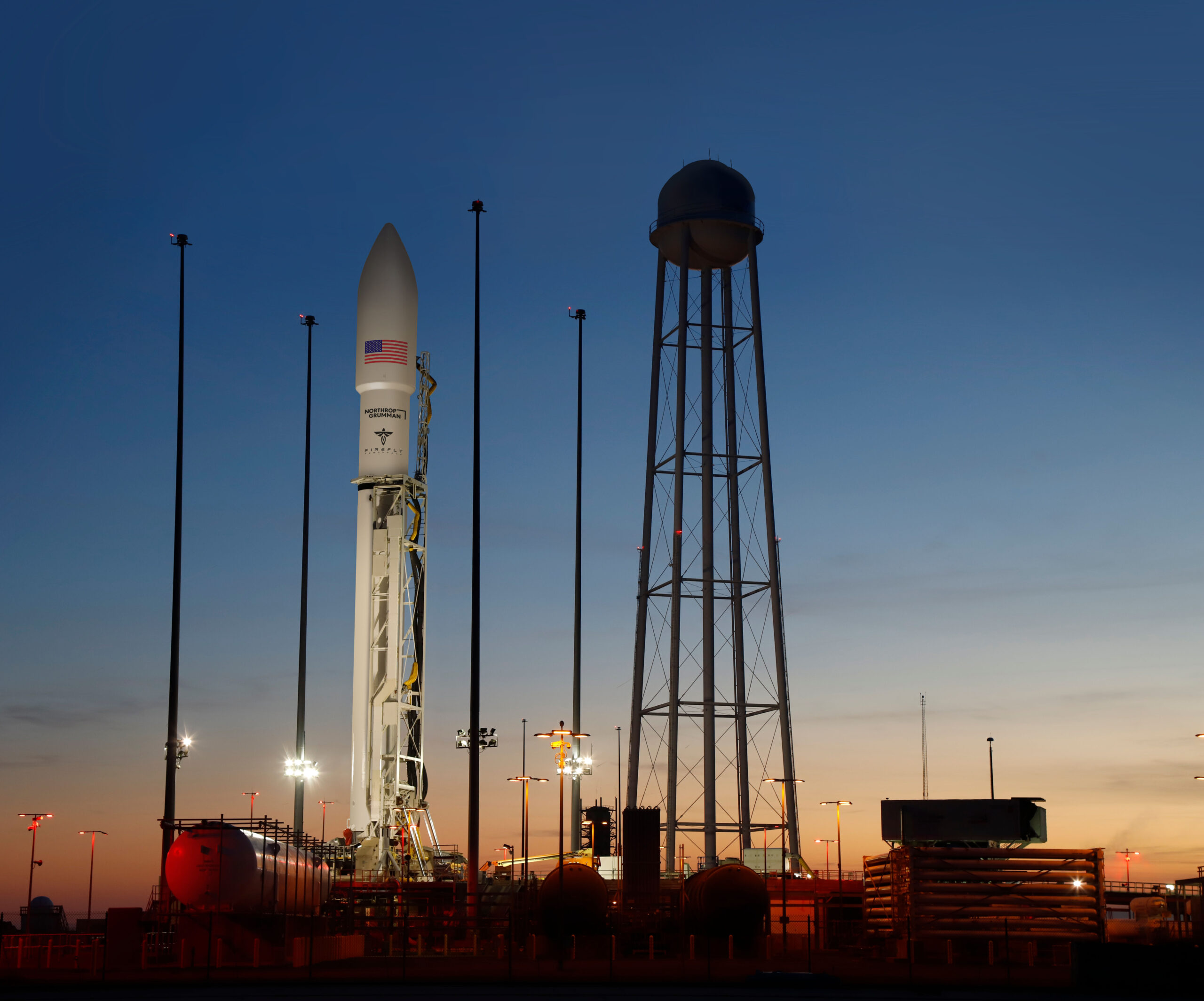COLORADO SPRINGS — Firefly Aerospace says its future medium rocket it is developing with Northrop Grumman will be ready to compete in the next round of U.S. national security launch contracts.
The medium-lift rocket, projected to launch in 2025, is being designed to “support the requirements of the U.S. Space Force NSSL Phase 3,” Firefly said in a statement.
The National Security Space Launch Phase 3 will be different from the Phase 2 launch procurement won by United Launch Alliance and SpaceX in 2020. The Space Force is dividing Phase 3 into two “lanes.” Lane 1 will seek bids for less demanding missions to low Earth orbit and is geared to attract new entrants like Rocket Lab, Firefly, Relativity Space and other small launch specialists working to bring medium rockets to market.
Firefly expects its two-stage medium vehicle, projected to lift 16,000 kilograms to low Earth orbit, to be able to challenge Rocket Lab’s Neutron’s and Relativity Space’s Terran-R, both also new vehicles expected to compete in NSSL Phase 3.
The partnership with Northrop Grumman, first announced in August, was established to build an all-American version of Northrop’s Antares rocket that uses the Russian RD-181 engine. After the invasion of Ukraine and Russia’s exit from the global market, Northrop Grumman announced it would build the Antares 330 with a first stage powered by seven Firefly-made Miranda engines.
Both companies also agreed to cooperate on the new medium rocket that will be offered for NSSL Phase 3. Firefly calls it “Next Generation Medium-Lift Vehicle,” or MLV, and is targeting its first flight in 2025.
The company said in a statement to SpaceNews that it has built development hardware and testing is underway for the MLV’s propellant tank ahead of a structure critical design review planned in May.
Firefly says it has developed multiple chamber and turbopump parts for the MLV Miranda engines. The first Miranda hot fire is planned for this summer.
The MLV’s first stage has seven Miranda engines and the upper stage one.
The company announced last week it is expanding its facilities in Briggs, Texas, to accommodate MLV manufacturing and testing, with two new test stands under construction. “These new buildings and test stands will be operational by the end of this summer,” a Firefly spokesperson said.
New entrants in NSSL Phase 3
The Space Force expects to start awarding NSSL Phase 3 contracts to launch providers in 2025 for missions that would start launching in 2027.
The Lane 1 competition will be structured as indefinite delivery/indefinite quantity (IDIQ) contracts awarded to multiple vendors, essentially pre-qualifying them to bid for firm orders down the road.
Only U.S. companies can compete. To pre-qualify for the IDIQ, “the challenging part is you have to have a credible design,” said Randy Kendall, vice president of launch and architecture operations at the Aerospace Corp.
Aerospace is a nonprofit that provides technical advice to the U.S. government, as well as engineering and support services for the national security space launch program.
Kendall told SpaceNews that he expects only a handful of new entrants will qualify. “Companies have to have a credible plan to have their first launch within 12 months of when they on-ramp,” he said.
“We’re not going to have a ton of people get on-ramped” because it’s a high bar to get pre-qualified, Kendall said. “There’s probably going to be only a small handful in the near term.”
Given the uncertainties of when new rockets will be ready, the Space Force is allowing heavy-lift launch providers that win the Lane 2 contracts to compete for the less-demanding Lane 1 missions.
